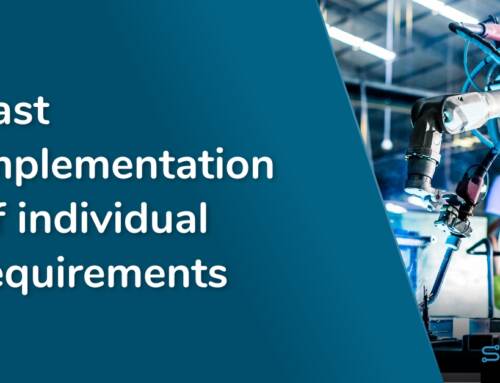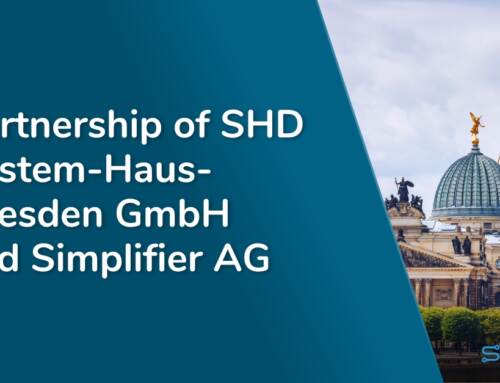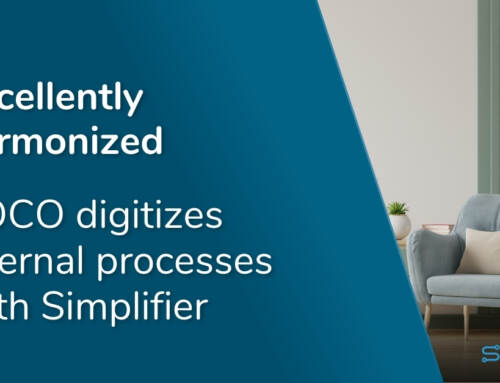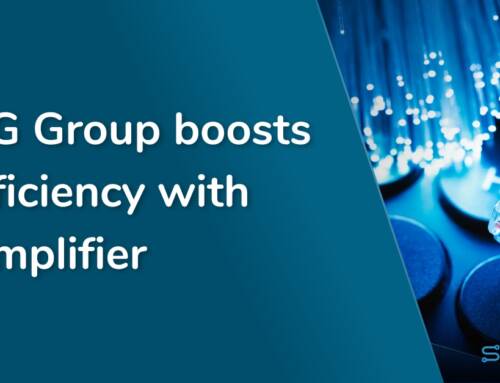Greenfield-projects: software development from scratch and therefore nothing to show consideration for has become rare today. Too much within our lives is managed by software to identify great untouched areas that need new software from the bottom up.
In contrast there is brownfield development which means that existing software is extended or new applications are created for existing backend systems.
Greenfield and Brownfield
Especially when it comes to B2B the amount of greenfield projects has become really small. Rarely, there are software projects that are concepted and implemented from scratch. One possible examples are new production plants that entirely are managed self-sufficiently. But to be honest they also mostly are closely related to the main factory from the IT perspective. When there are changes on existing systems or projects in which the developers have to show consideration for already existing developments you always talk about brownfield-projects.
Developer-paradise vs. reality
Develop without having to think about legacy systems and errors within the code resulting from changing code at another place – greenfield development rightly are popular among developers but unfortunately the reality isn’t that rosy.
Instead of letting off steam while dealing with up-to-date technology developers often need to work with decades-old systems with specific rules they have to follow. So, modern technology often can’t be used at all because the legacy systems don’t support them or integration isn’t realized because of massive effort.
Everyone can understand that companies don’t simply switch off systems they have implemented and customized several years and replace them by new ones. Further adjustments and additional features increase the dependence on one system that of course gets long in the tooth as time goes by. With the increasing dependence the willingness fades to get a new and modern system even when the existing one doesn’t meet the requirements in terms of optics, feature set and/or usability any more.
New freedom for legacy systems
How are software developers able to keep a little part of greenfield-freedom and nevertheless optimize existing systems? When modern web technologies meet legacy systems they can create new modern software applications provided that they have the right technology to do so. Developers are able to use data from legacy systems to run modern applications. A very special example of such a constellation was presented by Marianne Bellotti at the end of 2016 during the conference “Systems-We-Love”. She works as a developer at United States Digital Service, an authority working on optimizing the digital infrastructure of other authorities. She and her team found a web application that was fed indirectly with data from a IBM-7074-Mainframe.
The computer from the 1960s uses magnetic tapes to store information and still worked well. The website’s performance issues weren’t the result of the old hardware but of the Java-middleware.
Cost-efficiently modernization with the Simplifier
“We want existing systems to be used the best way and this also includes that companies can provide their employees with modern apps on modern devices. For this purpose we have developed a technology to aggregate data from existing systems and provide modern applications with the aggregated information”, Reza Etemadian, CEO at iTiZZiMO explains. The technology is called Simplifier and is an IoT-platform that uses existing IT-landscapes. So, legacy systems don’t need to be replaced. The processes in which data are used are the only things that are modernized and therefore made more efficiently.
With standardized and reusable connectors information are aggregated and visualized within the application. Only within the process the user acts with the data, changes are automatically stored into the connected systems afterwards. the applications themselves are configured by using preconfigured components of the platform. “Due to our technology applications only need to be created once to run on different hardware and common operating systems”, explains CTO Christian Kleinschroth.





